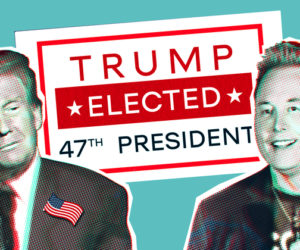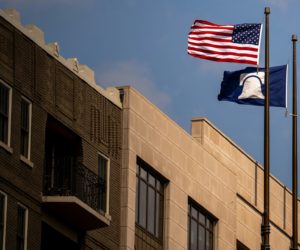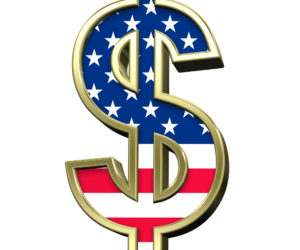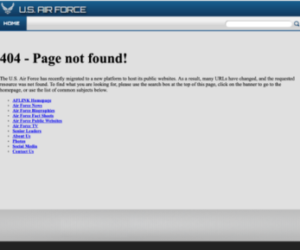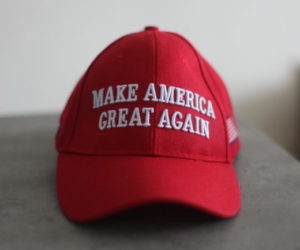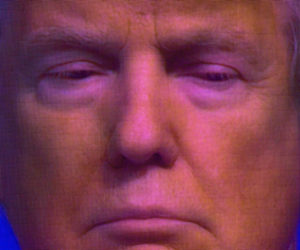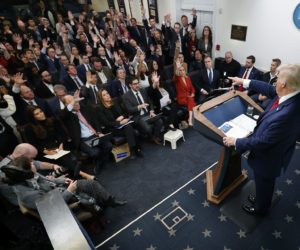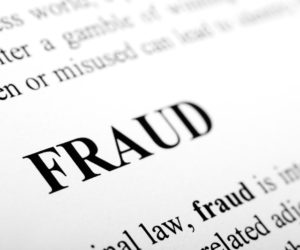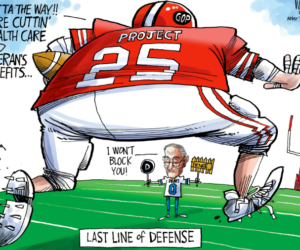The Biden administration triggered a long new struggle with China and WHO by continuing the former Trump administration’s hardline attempts to hold China accountable for the coronavirus pandemic.
The tone is softer than previous Trump rhetoric but the concerns are the same. The difference is that this time the White House has 13 allies with it.
WHO published its long awaited report Tuesday on the origins of the coronavirus, also called COVID-19, after a much delayed visit to Beijing and Wuhan by a team of international experts.
Coincidentally on the same day, 25 heads of government and international agencies called for an international pandemic treaty that would force participating governments to provide the fullest possible data to prevent future pandemic diseases.
In a joint statement on the WHO report, the US-led group called for further independent and much more transparent investigation of how and where the coronavirus began. They pointed to holes in the report and alleged that the international team was not given everything it needed to come to adequately science-based conclusions.
A Chinese statement warned against letting politics rather than science influence the study of coronavirus origins. “To politicize this issue will only severely hinder global cooperation in study of origins, jeopardize anti-pandemic cooperation, and cost more lives,” it said.
The reference to jeopardizing anti-pandemic cooperation was a threat against further investigation of coronavirus origins in China. That jeopardy is a major consideration for WHO because its work depends entirely on the voluntary cooperation of governments. Its experts cannot enter China without Beijing’s permission and it cannot force the Chinese to provide all the data it thinks is necessary.
The US-led statement will likely cause Beijing to freeze further diplomatic involvement with WHO on COVID-19 origins although it will continue cooperation on mitigating the pandemic around the world.
The Chinese statement insisted that the study of origins is “a global mission that should be conducted in multiple countries and localities”. This defies the former Trump administration’s view and apparently that of Biden’s White House that China’s actions must be investigated with forensic precision. Beijing sees this as accusatory and unacceptable.
The US urged momentum for expert-driven phase 2 studies. “It is critical for independent experts to have full access to all pertinent human, animal, and environmental data, research, and personnel involved in the early stages of the outbreak relevant to determining how this pandemic emerged,” it said. “With all data in hand, the international community may independently assess COVID-19 origins.”
Beijing has never allowed this kind of detailed and independent access and is unlikely to do so. In particular, it perceives President Joe Biden’s policies on a wide gamut of issues including trade and human rights as continuing the former Trump administration’s across the board hostility towards China.
WHO Director-General Tedros Adhanom Ghebreyesus was a little bolder than usual, “As far as WHO is concerned, all hypotheses remain on the table. This report is a very important beginning, but it is not the end. We have not yet found the source of the virus, and we must continue to follow the science and leave no stone unturned as we do,” he said.
However, leaving no stone unturned would involve putting sharp enough pressure on Beijing to provide data it has withheld and allow further investigations of whether the SARS-COV2 coronavirus might have escaped from a high security research laboratory in Wuhan.
At this time, there is no reason to believe that the Biden White House. European Union or WHO have the diplomatic power needed to obtain Beijing’s cooperation. So far, the favored theories are that this coronavirus has animal origins. Beijing also says it might have arrived in China from some other countries, probably with frozen food imports.
The team that went to Wuhan for 28 days from January 14 to February 10 this year, comprised 17 Chinese and 17 international experts from 10 other countries as well as the World Organization for Animal Health; and WHO.
It was a joint study of origins rather than an investigation and the work of all foreign experts was closely monitored by their Chinese colleagues. The foreign experts had access only to data given to them by Chinese officials.


